Introduction
Greetings, fellow container home enthusiasts! I’m Emily Owens, and for the past four years, I’ve been on a journey exploring the fascinating world of container home design. Today, I’m excited to delve into a topic that adds a unique flavor to this architectural trend: cultural influences in container home designs worldwide.
Container homes have taken the world by storm, offering sustainable, affordable, and often innovative housing solutions. But what makes them truly captivating is how they adapt to and incorporate local cultures, traditions, and preferences. So, let’s embark on this global tour of container home design and explore the diverse cultural influences that have shaped these extraordinary creations.
Japan: The Art of Simplicity
Our first stop is Japan, a country known for its minimalistic design philosophy. Japanese container homes epitomize simplicity and functionality. They often feature clean lines, muted color palettes, and an emphasis on open spaces.
For example, the ‘Minimalist Zen Container Home’ in Kyoto blends traditional Japanese aesthetics with modern container architecture. It boasts tatami mat flooring, shoji screens, and an interior garden, creating a tranquil and harmonious living space.
Brazil: The Vibrant Spirit
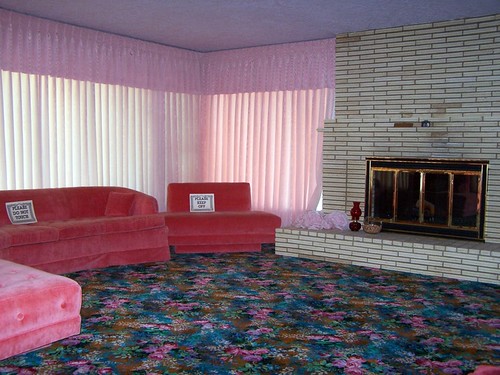
Heading over to Brazil, we encounter a cultural infusion of color, energy, and joie de vivre. Brazilian container homes embrace vibrant hues, eclectic decor, and a strong connection to nature.
The ‘Samba Container Residence’ in Rio de Janeiro is a prime example. With its bold, tropical colors, lush greenery, and a rooftop terrace for samba nights, it’s a testament to the Brazilian zest for life.
South Africa: Sustainable Elegance
South Africa brings its rich culture and commitment to sustainability to the container home scene. Here, you’ll find a harmonious blend of eco-friendliness and elegance.
The ‘African Safari Container Retreat’ in the heart of Kruger National Park showcases this balance. Designed with recycled materials, it incorporates local craftsmanship and wildlife-inspired decor, offering an authentic African experience.
Scandinavia: Cozy Hygge Vibes
Scandinavia, with its long winters and cozy interiors, has made a significant mark on container home design. The concept of ‘hygge’ (a Danish term for coziness and comfort) is at the core of many Scandinavian container homes.
Take, for instance, the ‘Nordic Retreat Container Cabin’ in Sweden. It features warm wooden interiors, a fireplace, and large windows to connect with the breathtaking Nordic landscapes—a perfect retreat for those seeking comfort and tranquility.
India: Tradition Meets Modernity

India’s container homes beautifully blend tradition with modernity. They incorporate intricate detailing, vibrant patterns, and traditional craftsmanship into the container’s sleek structures.
The ‘Rajasthan Container Palace’ in Jaipur is a prime example. It combines the opulence of Indian palaces with the minimalist appeal of container architecture. The result? A mesmerizing fusion of old-world charm and contemporary design.
Australia: Eco-conscious Desert Dwellings
In the vast Australian outback, container homes are the epitome of eco-conscious living. These structures are designed to withstand the harsh climate and minimize their environmental impact.
The ‘Australian Desert Eco-Haven’ near Alice Springs showcases this perfectly. It uses repurposed containers and features rainwater harvesting, solar panels, and indigenous-inspired decor, making it a sustainable oasis in the desert.
Greece: Mediterranean Elegance
Our journey takes us to Greece, where container homes echo the Mediterranean way of life. These homes often feature white exteriors, blue accents, and a seamless indoor-outdoor flow.
The ‘Santorini Dream Container Villa’ on the island of Santorini encapsulates this Mediterranean elegance. Perched on a cliff overlooking the Aegean Sea, it’s a stunning example of how container architecture can blend seamlessly with local aesthetics.
Conclusion
Container homes are more than just functional living spaces; they are canvases that artists use to express cultural identity, values, and aesthetics. As we’ve journeyed around the globe, we’ve witnessed how each culture infuses its unique charm into these steel boxes, turning them into homes that are both functional and deeply reflective of their roots.
Whether it’s the Zen simplicity of Japan, the vibrant spirit of Brazil, the sustainable elegance of South Africa, the cozy hygge vibes of Scandinavia, the tradition-meets-modernity of India, the eco-consciousness of Australia, or the Mediterranean elegance of Greece, container homes have proven to be a versatile canvas for cultural expression.
So, the next time you’re designing your own container home or simply admiring these architectural wonders, remember the rich tapestry of cultural influences that have shaped these remarkable dwellings. Happy container home exploring!











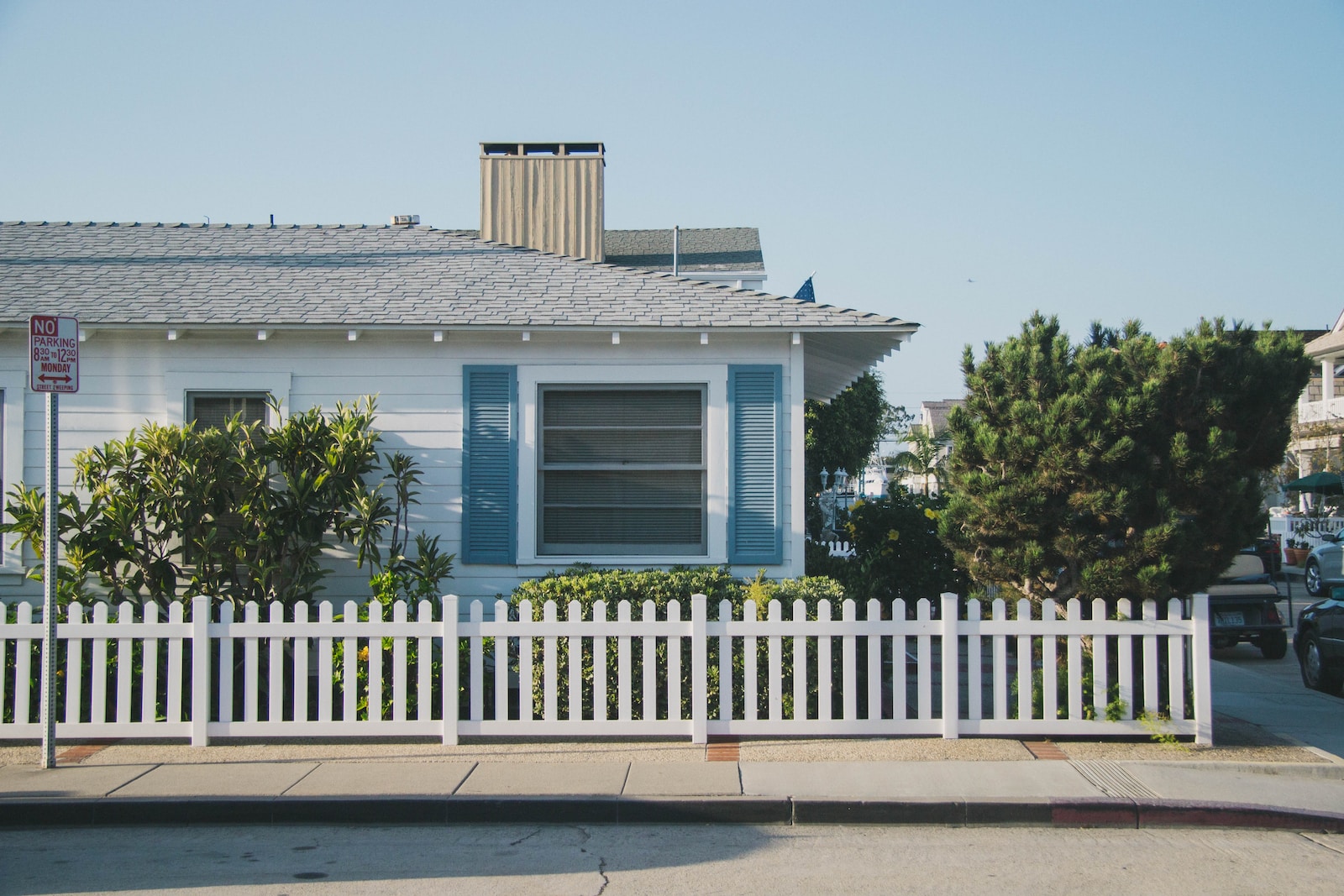






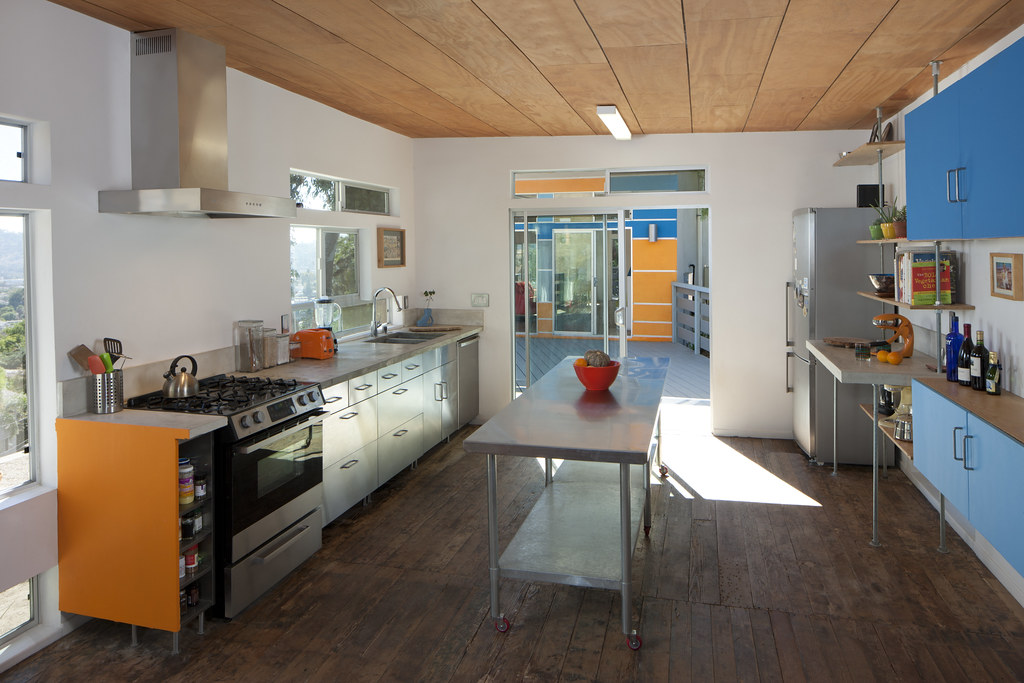
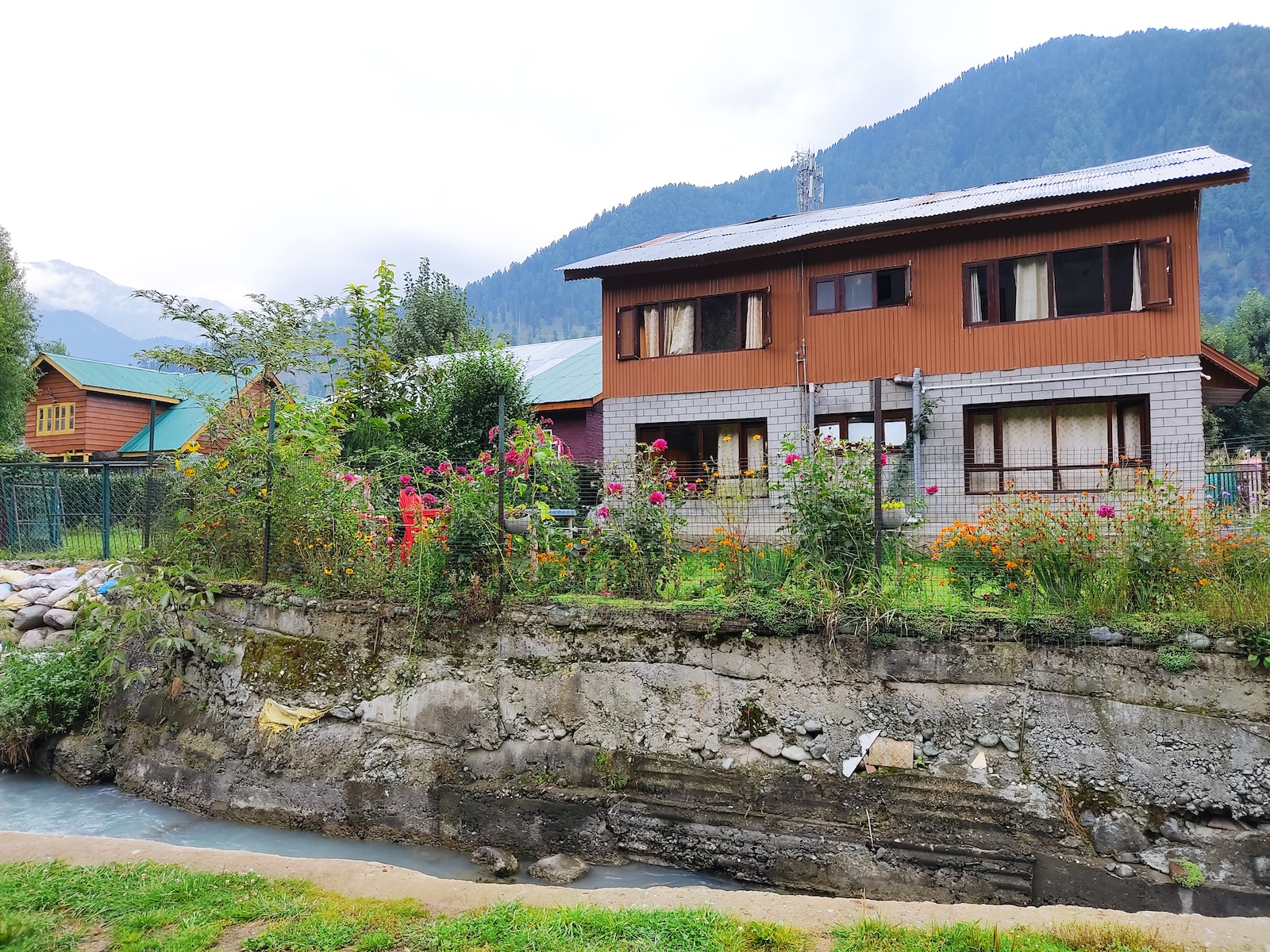
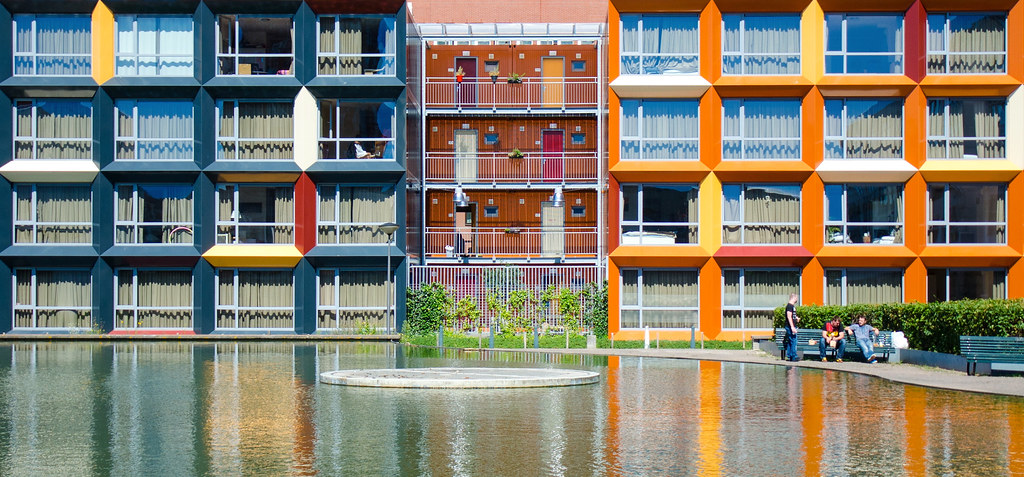
Find Us on Socials